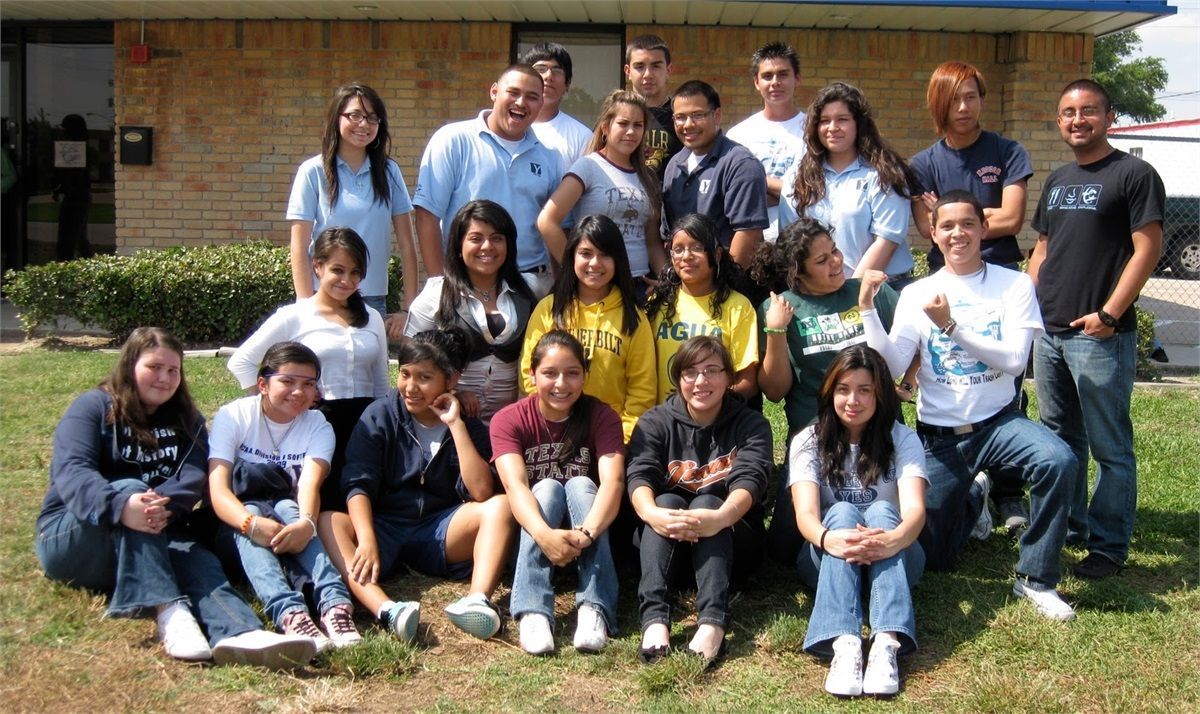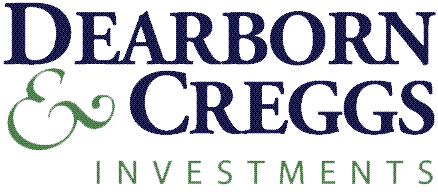Our Blog

July 1, 2025
Out of grad school, I tried taking extreme measures to pay down my debt. I remember buying a book called “The Ultimate Cheapskate.” I learned a lot but it was exhausting. My mindset on money has evolved over time and I’ve learned that a more sustainable approach for me is to spend money on the things I love and relentlessly cut back on the things I don’t. MY VALUES DRIVE MY DECISIONS We all value different things and therefore will choose to spend our money accordingly. I am a true believer that you can have anything you want in this world — fine dining, high-tech gadgets, annual vacations, a second home, a fat bank account, etc… There are a couple of caveats, however. You cannot value everything — at least not all at once You need to be serious about having a plan. It will not just happen. Right now, I value being debt free and having the ability to travel while I am young. I firmly believe that my money decisions reflect that (this is one of my favorite pictures from my travels as an educator — we’re en route to the Isle of Skye). I am so serious about those values that I am paying $20/month for my cell phone plan. Just because you have enough money in your checking account each month to pay a $100 cell phone bill does not mean you should (unless you value it that much, of course). Your values aren’t really your values unless they cost you something. SOME BACKGROUND In my career as an educator, my employer paid for my cell phone bill (Thank You!) I saved a lot of money over that time and even paid off some debt. Although they no longer do so for employees, it was an incredible perk while it lasted. We all had the opportunity to take advantage of unlimited talk, text and data. When I changed careers, I had to pay my own cell phone bill for the first time in 7 years! As you can probably attest to, “unlimited” has become an expectation for all cell phone consumers. A quick Google search helped me find an article I had read I read in Money Magazine that I believe they publish every year called, “ The Best Cell Phone Plans of XXXX .” I learned that the expectation didn’t necessarily align with usage. The average smartphone owner is using 2 to 3 GB per month. It didn’t take me long to decide on a new carrier. Since my phone was already on the AT&T network, I chose a carrier that would work well on that network: Cricket Wireless. Don’t get me wrong, I didn’t really know any Cricket users and I didn’t have high expectations. But I was in a career transition and was serious about not using my savings if I didn’t have to. My cell phone bill was exactly $35/month. You would have never known I had Cricket until I just told you. It worked well for me for a few reasons. I connect to a secure wireless network while at home and at work. Since I have xfinity at home, if I’m ever in the range of a home or business that uses xfinity, my phone automatically jumps onto the xfinity wifi hotspot (secure w/ app) I’ve found that I never go over my data limit considering that I almost always have access to WiFi. With Cricket, that data limit was 5 gigs. Now I’m on a plan that gives me8 gigs of data. Since then, I’ve actually used a couple of other phone plans — Xfinity Mobile (unlimited for $45/month) and Mint Mobile. I am not advocating for Cricket or any other company as much as I am for reevaluating what many of us have just come to expect – whether it be your cable or cell phone bill or both. Cut the cord, anyone? As you’ve likely seen, some cell phone providers are offering more reasonable prices for unlimited family plans. Others are now bundling internet and cell phone service. For now, my plan works well for me and something similar might work for you as well. This is one of my favorite conversations to have! Let’s chat. WHAT DO YOU VALUE? planning your first or next trip to Europe retiring early driving a nice car saving up for a new home helping your kids pay for college …the list goes on But remember, you cannot value everything at once (unless you can). Again, this post is about more than just your cell phone plan. Take a look at where your paycheck goes each month — there may be some hidden charges in there like my rented modem. Are there ways to make adjustments to help you reach your goals? Spend money on what you love, not on what you don’t. Schedule a meeting and we can begin the conversation. This article has been edited after being originally posted in February 2017. Jesse is a graduate of the University of Notre Dame and earned his Master’s in Education from Harvard. In his education career, he served as a teacher, counselor and Director of Alumni for YES Prep Public Schools. He is a member of the Teacher Retirement System of Texas (TRS) and takes pride in helping fellow educators better understand their pension and plan for their future. Learn more about Jesse.

July 1, 2025
I think about all the times in my life when I thought I knew more than those who’d come before me — be it my parents, coaches and managers. As I have matured, I’ve come to appreciate the wisdom I’ve gained from others — especially those who have been “there” before me. As an adult, I too have found myself sharing what I’ve learned with others. As a teacher, I tried to share as many life lessons as I could with my students. As a financial advisor, I continue to do so in an effort to educate my clients. No one expects you to do life ALL on your own — we are best in teams and when we learn from one another. IF I KNEW THEN WHAT I KNOW NOW… Before I graduated college, a good friend of mine introduced me to my first financial mentor — a finance professor at ND. As a future educator, it was a no brainer for me — I was intent on learning how to manage my money. Among many lessons, one he shared early on was to try living like a college student for my first few years out of college — regardless of the job I have. This is a hard concept for most recent college graduates to grasp, myself included. Why? This was the first time I was going to be making a real salary and it was a lot of money for me considering what my parents earned. We work hard and deserve to “treat yo’ self!” You might feel internal pressure or pressure from your family to be “better off” than they were. The expert in anything was once a beginner. Ten years ago, someone took the time to teach me some basic personal finance concepts that have made a difference in the way I view my money and how I set goals. It started with me as a first year teacher. I didn’t know what I was doing in my job, much less my finances! I committed to learning a little bit at a time and I had someone hold me accountable to the goals I set. We teach our children and students that by building strong habits early, they are likely to become a part of how we operate. The same can be said for bad habits, too! If you’re a veteran teacher or a non-educator looking for a reset when it comes to your personal finances, there is something here for you as well. PERSONAL FINANCE HACKS FOR 1ST AND 2ND YEAR TEACHERS Although these hacks are geared toward young educators, they can be applied to other disciplines and to different times in your career. Committing to just a couple could make a big difference for you in the long-run. 1. Mindset. Mindset. Mindset. Enough emphasis? Seriously though. Start developing a healthy mindset about money if you haven’t already. For me, I read a few books right out of college that shook my beliefs about money. Sometimes, we need to unlearn what we learned growing up — maybe even what we saw our parents doing. However you decide, do it. Education will transform your life and likely your finances. If you’re not up to reading about personal finance, use Audible, listen to podcasts, or invite me to coffee! The idea is to simply learn to think differently about money. Instead of saving what you don’t spend, spend what you don’t save. 2. Understand what your take-home pay is/will be.This is a reality check and sometimes a let down for young earners. You don’t get to keep 100% of your paycheck so it is best to plan accordingly. See example — if you’re an educator in TRS, don’t assume you contribute to social security. In the image, I removed the social security contribution but added the TRS contribution under ‘State Income.’ Don’t forget to account for things like your alternative certification program (ACP), if that applies to you. Those can be added in the pre or post-tax sections. You can visit SmartAsset to calculate your own.

July 1, 2025
Before you read anything else, you should know that I operate in a no judgement zone about your personal finances. I know how difficult it can be to ask for help. I entered this profession to help others by sharing what I know. If you are willing to share, I am here to listen. If you are committed to improve, I am here to help.

July 1, 2025
Life happens. Every now and again, life throws us a curve ball and puts us in a financial bind. Although there are features established by the IRS that may permit you to access your funds before retirement, there are requirements that may discourage or prevent you from doing so. I’ll share a quick story before I get into it. When I was in the 5th grade, my mom took our family, along with two other families, on the most epic 3-week summer vacation. Our family of four flew from El Paso to Orlando and spent a week at Disney World! From there, we flew to Boston and trekked around the east coast in a 15-passenger van also visiting New York, New Jersey, and Washington DC. To this day, we reminisce about that trip and I’m incredibly grateful to have had that opportunity as a kid. Here’s the kicker. We couldn’t exactly afford that vacation. That trip was only possible for our family because my mom withdrew money from her 401(k). My parents worked hard and so do you. And although I have fond memories of that trip, I would still like to do things differently given what I know now. I believe that you can have anything you want – you just need to plan for it. My hope is to educate my clients and community to take control of their finances and plan for their future. BE PROACTIVE I caution my clients from thinking about their retirement accounts as a bank account — they are not to be confused. When possible, look to access funds from any cash sources before tapping your retirement accounts. By leaving your retirement accounts intact, you will continue to benefit from tax-deferred growth and benefit from compound interest over time. Tapping your retirement accounts early, on the other hand, can seriously hamper your ability to build savings. Due to the limitations on accessing your retirement accounts, it is recommended that you have 3-6 months’ worth of expenses in an emergency fund. That said, if you’re just starting out, aim for $1,000 emergency fund first. Then increase it over time. Should an emergency occur, this is where you should turn first — your emergency savings account. If your emergency fund has been exhausted, you may be able to take a loan or early distribution from your retirement account. I’ll underscore that it is generally not advisable to do so. That said, I’ve highlighted some things to keep in mind for each. This information is not exhaustive, and policies vary by plan. LOAN FROM YOUR 403(B) OR 457 ACCOUNT Generally, taking a loan rather than an early withdrawal may be more prudent. Although you pay interest on a loan, it prevents you from taking an early withdrawal penalty. LOAN AMOUNT Although plans differ, you are generally able to borrow a minimum of $1,000 up to the smaller of 50% of your vested balance or $50,000. That means at minimum, your account balance needs to have a balance of at least $2,000 plus any loan initiation charges before you can make a request. COST TO BORROW By taking a loan, you lose out on the potential returns your account would have earned had the money remained in your 403(b) or 457. If you took a loan in 2009, for example, you would have missed much of the greatest bull market in history. There are often loan origination fees as well as loan maintenance fees for the duration of the loan term. Unlike your contributions, loan payments must be made with after-tax dollars. Your loan will be subject to interest, however, the interest you pay goes back into your account. TERMS OF THE LOAN You have up to 5 years to repay the loan (I encourage my clients to consider a shorter term when possible) but are required to make monthly or quarterly payments. If the loan will be used for the purchase of a primary residence, it may be repaid within a maximum of 30 years. In order to pay off your loan early, generally it must be paid in full. Should you decide to leave your employer, you may be required to pay the balance of your loan immediately. If you do not meet your loan commitments, the IRS treats it as a distribution, and you may owe a 10% tax penalty. Defaulting on your loan will disqualify you from taking any loans in the future. WITHDRAWAL FROM YOUR 403(B) OR 457 ACCOUNT TAXES If you withdraw funds from a retirement plan, 20% Federal income tax withholding is required unless you are making a withdrawal to satisfy your Required Minimum Distribution (RMD). If you have a Roth account, your earnings will be subject to taxes. Withdrawals are taxed as ordinary income in the year received. 403(B) DISTRIBUTION AND HARDSHIP WITHDRAWAL Generally, you can access your 403(b) retirement account without penalty if you are age 59 1/2. If you leave your district at age 55 or older, the 10% early withdrawal penalty would not apply to you. If you try to access your funds earlier, you will be subject to a 10% early withdrawal penalty, need to provide documentation and must meet qualifications stipulated by the IRS: Medical care expenses for the employee, the employee’s spouse, dependents or beneficiary. Costs directly related to the purchase of an employee’s principal residence (excluding mortgage payments). Tuition, related educational fees and room and board expenses for the next 12 months of postsecondary education for the employee or the employee’s spouse, children, dependents or beneficiary. Payments necessary to prevent the eviction of the employee from the employee’s principal residence or foreclosure on the mortgage on that residence. Funeral expenses for the employee, the employee’s spouse, children, dependents, or beneficiary. Certain expenses to repair damage to the employee’s principal residence. 457 DISTRIBUTION AND UNFORESEEABLE EMERGENCY Once you’ve severed employment from the employer who holds your 457 plan, you are eligible to take distributions. Distributions are not subject to the 10% early withdrawal penalty. To access your funds before you sever employment, you need to provide documentation and must meet qualifications stipulated by the IRS: an illness or accident of the participant, the participant’s beneficiary, or the participant’s or beneficiary’s spouse or dependents; property loss caused by casualty (for example, damage from a natural disaster not covered by homeowner’s insurance) of the participant or beneficiary; funeral expenses of the participant’s spouse or dependent; and other similar extraordinary and unforeseeable circumstances resulting from events beyond the control of the participant or his or her beneficiary (for example, imminent foreclosure or eviction from a primary residence, or to pay for medical expenses or prescription drug medication). LET’S MAKE A PLAN I know that you’re busy and it’s not always easy to make sense of your personal finances. There is no substitute for having a plan. Whether you’re just starting out or interested in learning more, I am happy to be a resource along the way. Schedule a Meeting : In person or virtual Jesse is a graduate of the University of Notre Dame and earned his Master’s in Education from Harvard. In his education career, he served as a teacher, counselor and Director of Alumni for YES Prep Public Schools. He is a member of the Teacher Retirement System of Texas (TRS) and takes pride in helping fellow educators better understand their pension and plan for their future. Learn more about Jesse.


